Hops /Humulus lupulus L./ are a perennial herb with a long creeping rhizome. The stem reaches 6 meters, and its colors resemble cones, which in its maturation reach 5 cm, the fruit of hops is likened to a flattened ovoid nut. It blooms in May-October.
Hops grow around moist deciduous forests and thickets, along streams and rivers. It is widespread, at 1, 000 meters above sea level. It’s found throughout Europe. The most widespread use of hops is in the production of millions of people's favorite beer.
History of hops
When and where exactly they started using hops for the first time as a major component of beer is not clear. According to the famous Swedish naturalist Carl Linnaeus, hops are brought within the Roman Empire, by the Goths and other tribes in the time of the Great Migration from Eastern Europe. Other scientists believe that hops was first cultivated by Slavs, and therefore they first used it for making beer.
In Western written sources, hops is mentioned by Bishop Isidore Seville for the first time. Most scientists agree that initially hops started being used in brewing in the Franciscan, Benedictine and Augustinian monasteries, mostly in southern Germany. This is around the 10-11 century.
Although hops are not responsible for the taste of beer, they make it very durable, which was very important in times when pasteurization was not yet discovered. So over time, hops began to be mass cultivated.
Breweries purchase two types of hops - more expensive, used to make so-called bearing varieties of beer / stored until summer / and cheaper hops used for beer, which is subject to direct consumption. Gradually, the role of cities in which hops are manufactured became more important and more important. Various privileges are obtained through brewing by Bremen, Gdansk, Lübeck and Rostock.
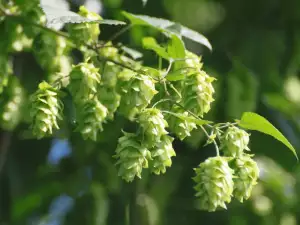
In the 14th century the center of European trade became Nuremberg. So thanks to the increased durability of beer, transporting it over long distances become possible and it became one of the highest moving consumer goods.
Composition of Hops
Hop cones contain from 0.2 to 1.7% essential oil and 20% bitter substances, including lupulin and Humulin /hlorogucina derivatives/, which in its form has isovaleric acid for digestion. Hops contain asparagine, choline, anti oxidants, organic acids, valerian, etc. The composition has estrogen activating substances.
Lupoline is up to 3% essential oil, which consists of 30 to 50% myrcene, 30 to 40 percent mircenol esters, terpene alcohols, ketones and luparenol. There is a special holein substance that has a slightly narcotic effect in them.
Storage of hops
Usable parts of hop cones are, but they should be, while still closed. Ideally this is August. Scales of the inflorescence and its blooms are covered with resinous glands, which are pale yellow. These glands are removed by rubbing through a sieve. Have a bitter taste and characteristic odor. Dry cone of shadow. Already dried hops must have yellow color, odor and slightly bitter taste. Store in a dark, cool and dry place.
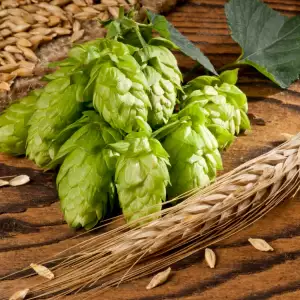
Use and benefits of hops
Besides being one of the main raw materials in breweries, hops has many health benefits. It is used to treat many diseases. The clusters of hops get used and their glands are very rich in essential oils. It is known that there is a general anti-spasmodic, calming and analgesic effect.
Hops improves digestion, is diuretic and stimulates appetite. Helps with anemia and has a favorable effect of the circulatory system because it is a blood purifier.
Hops have a soothing effect on the nervous system. It is especially useful in alcoholic delirium, hysteria, nervous disorders, insomnia and anxiety. It is very useful in angina and heart disease. Relieves Irritable Bowel Syndrome and alleviates symptoms of colitis. It is used in diseases of the liver, jaundice. Hops reduces the sensitivity and pain of neuralgia.
Soak 2 tablespoons hops in a pint of boiling water and let it stand for 2 hours. Drink a glass before a meal, a total of 4 times a day.
Relieves hard coughs, reduces fever and pain, removes toxins accumulated in the body and inflammation. In arthritic and rheumatic pain, it is used as a smear. Hop ointment is useful in baldness. Externally, hops is used in edema and ulceration.
It turns out that hops is widely used in cosmetics. Its oil is used in many creams and other cosmetic products that are designed to nourish and soften the skin.
Dangers of the hops
Hops should not be taken by people who have already had a stroke, angina or myocardial failure. Not recommended the use of large doses of the herb or its utilization over a long time. Breastfeeding women also should not take hops because it is considered that it decreases secretion and may result in the suspension of milk.
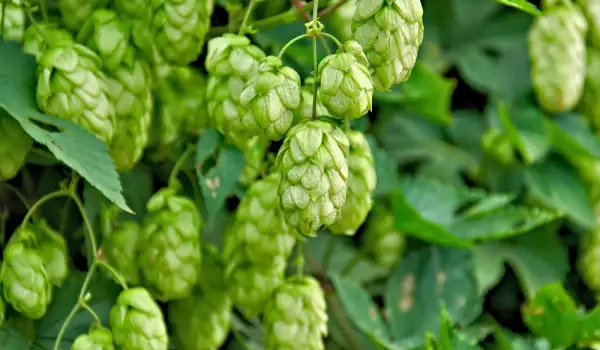
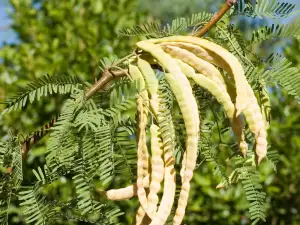
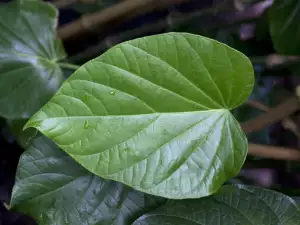
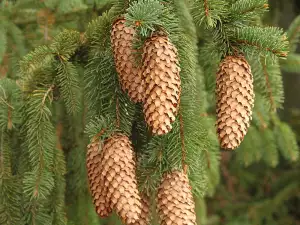
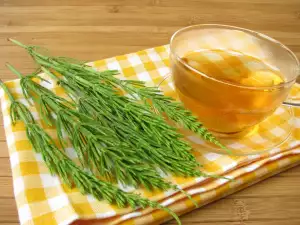
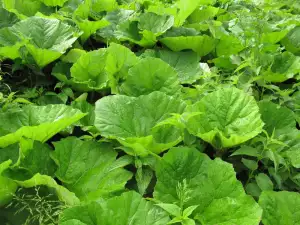
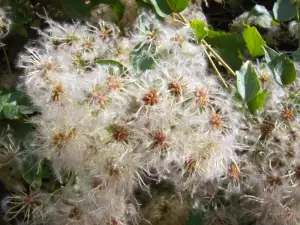

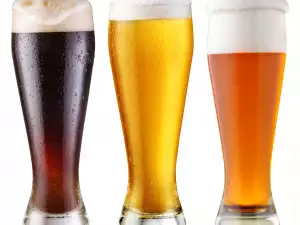
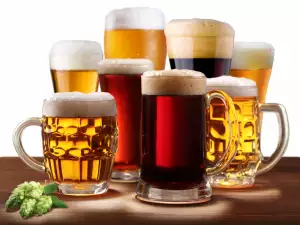
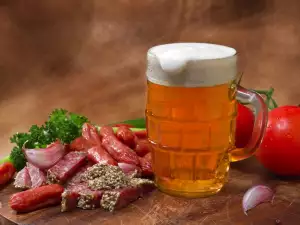

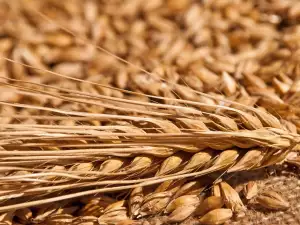
Comments